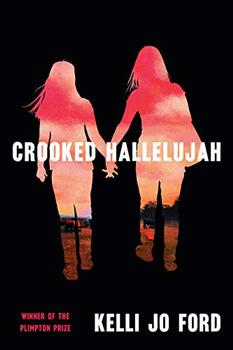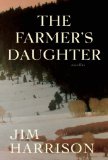Summary | Excerpt | Reading Guide | Reviews | Read-Alikes | Genres & Themes | Author Bio

A passionate and poetic writer, Louise Erdrich lends both elegance and wit to her most ambitious novel to date. The Last Report reaffirms Erdrich's status as one of America's best novelists.
For more than a half century, Father Damien Modeste has served his beloved people, the Ojibwe, on the remote reservation of Little No Horse. Compelled to his task by a direct mystical experience, Father Damien has made enormous sacrifices, and experienced the joys of commitment as well as deep suffering. Now, nearing the end of his life, Father Damien dreads the discovery of his physical identity, for he is a woman who has lived as a man. He imagines the undoing of all that he has accomplished -- sees unions unsundered, baptisms nullified, those who confessed to him once again unforgiven. To complicate his fears, his quiet life changes when a troubled colleague comes to the reservation to investigate the life of the perplexing, difficult, possibly false saint Sister Leopolda. Father Damien alone knows the strange truth of Sister Leopolda's piety, but these facts are bound up in his own secret. In relating his history and that of Leopolda, whose wonder working is documented but inspired, he believes, by a capacity for evil rather than the love of good, Father Damien is forced to choose: Should he reveal all he knows and risk everything? Or should he manufacture a protective history? In spinning out the tale of his life, Father Damien in fact does both. His story encompasses his life as a young woman, her passions, and the pestilence, tribal hatreds, and sorrows passed from generation to generation of Ojibwe. From the fantastic truth of Father Damien's origin as a woman to the hilarious account of the absurd demise of Nanapush, his best friend on the reservation, his story ranges over the span of the century.
In a masterwork that both deepens and enlarges the world of her previous novels set on the same reservation, Louise Erdrich captures the essence of a time and the spirit of a woman who felt compelled by her beliefs to serve her people as a priest. The Last Report on the Miracles at Little No Horse is a work of an avid heart, a writer's writer, and a storytelling genius.

If you liked The Last Report On The Miracles At Little No Horse, try these:

by Kelli Jo Ford
Published 2021
It's 1974 in the Cherokee Nation of Oklahoma and fifteen-year-old Justine grows up in a family of tough, complicated, and loyal women presided over by her mother, Lula, and Granny.

by Jim Harrison
Published 2010
The Farmer’s Daughter is a memorable portrait of three decidedly unconventional American lives. With wit, poignancy, and an unbounded love for his characters, Jim Harrison has again reminded us why he is one of the most cherished and important authors at work today.
The silence between the notes is as important as the notes themselves.
Click Here to find out who said this, as well as discovering other famous literary quotes!